Omiš in Autumn, the Perfect Time to Visit Mountains, the Cetina and the Sea
October 15, 2021 – With local seafood currently at its best and cooler temperatures inviting runners, hikers and cyclists to this spectacular location, Omiš in autumn is one of the best destinations of the season.
When temperatures cool on the Croatian coast, the telltale signs of tourism start to fade. Villages that were full of people in summer become very still. Only in the larger places does life go on unaffected.
The seaside city of Omiš is one such place. The charming Omiš Old Town streets hold their special atmosphere throughout the year. Autumn, in particular, is a favourite time for visitors to come.
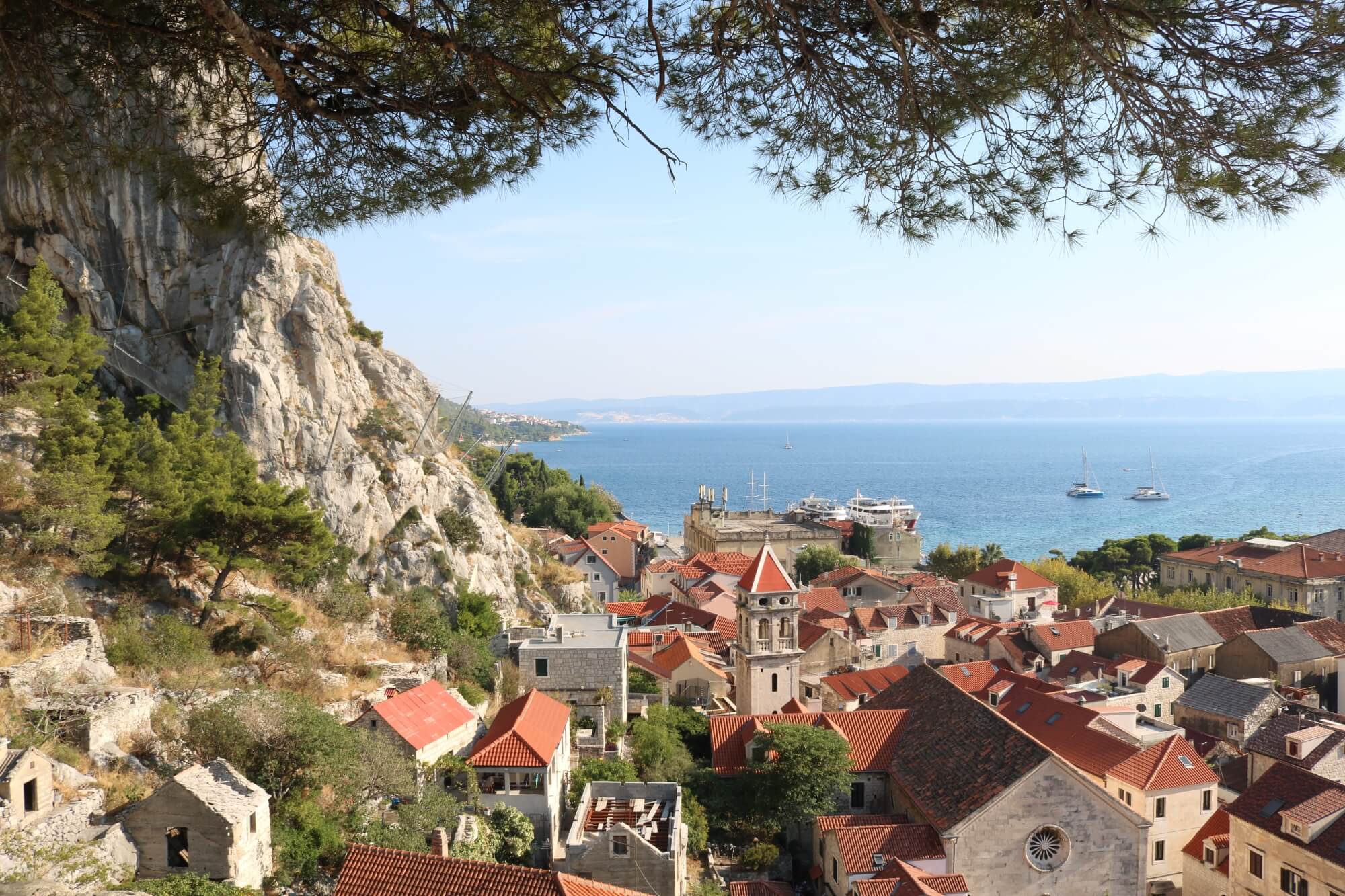
Arguably, this is the time of year when Omiš's famous and distinct cuisine is at its best. Omiš's special bounty of seafood comes from its position on the Cetina river. The best-tasting Mediterranean fish and shellfish love these conditions, where the freshwater meets the saltwater. And, in autumn, the prawns, scampi and calamari are at their biggest and best. The restaurants of Omiš offer fresh, seasonal specialties every day. Their tables are taken by relaxed visitors from all over the region, drawn to the city now the summertime rush has subsided.
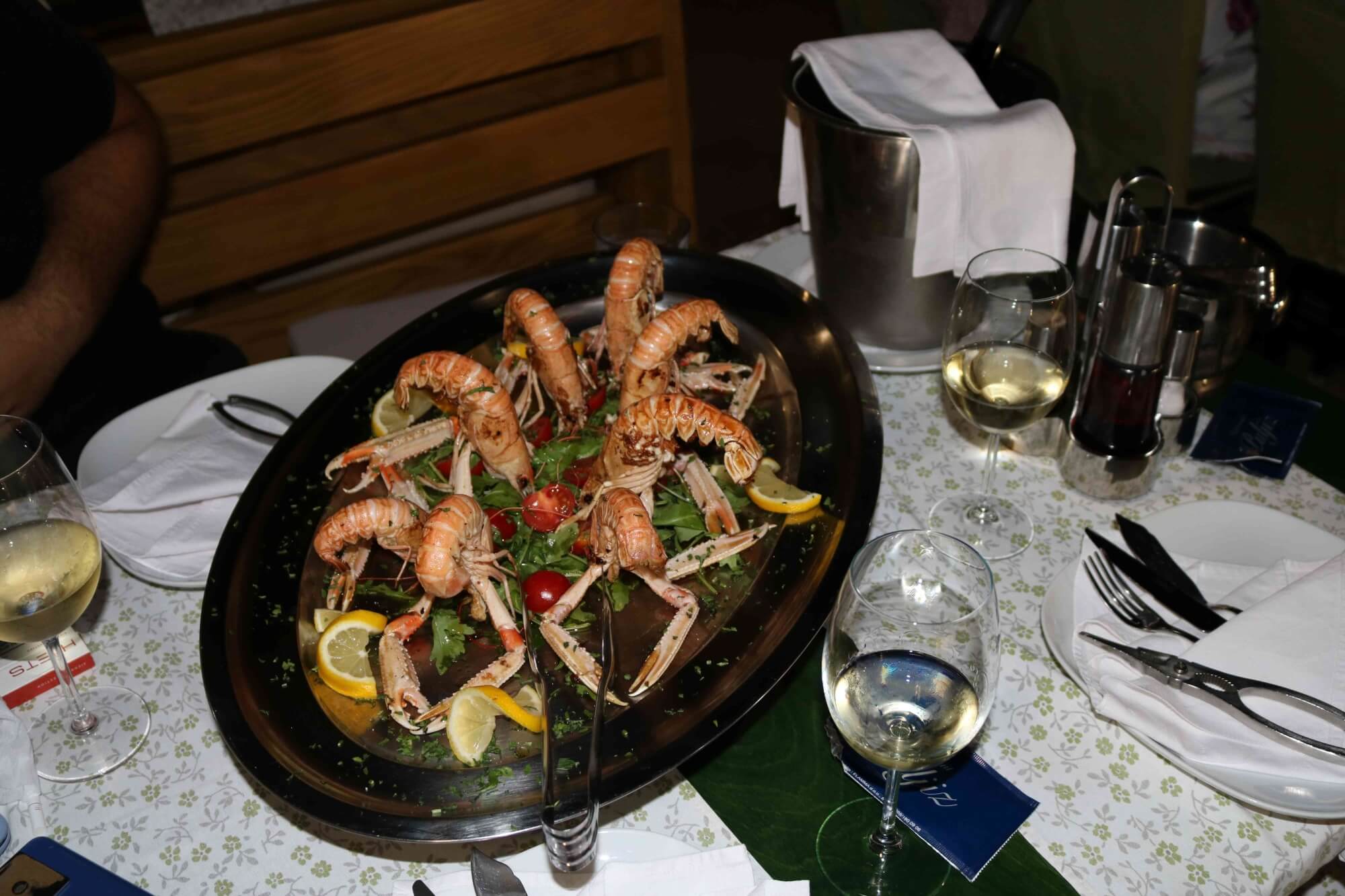 Seafood is an autumn specialty at sister Omiš restaurants Puljiz and Bastion. © Marc Rowlands
Seafood is an autumn specialty at sister Omiš restaurants Puljiz and Bastion. © Marc Rowlands
But, in the hills above and behind Omiš, and along the long promenades of the Omiš riviera, different kinds of visitors can be found. The cooler temperatures of autumn are perfect for cycling, running, hiking and walking.
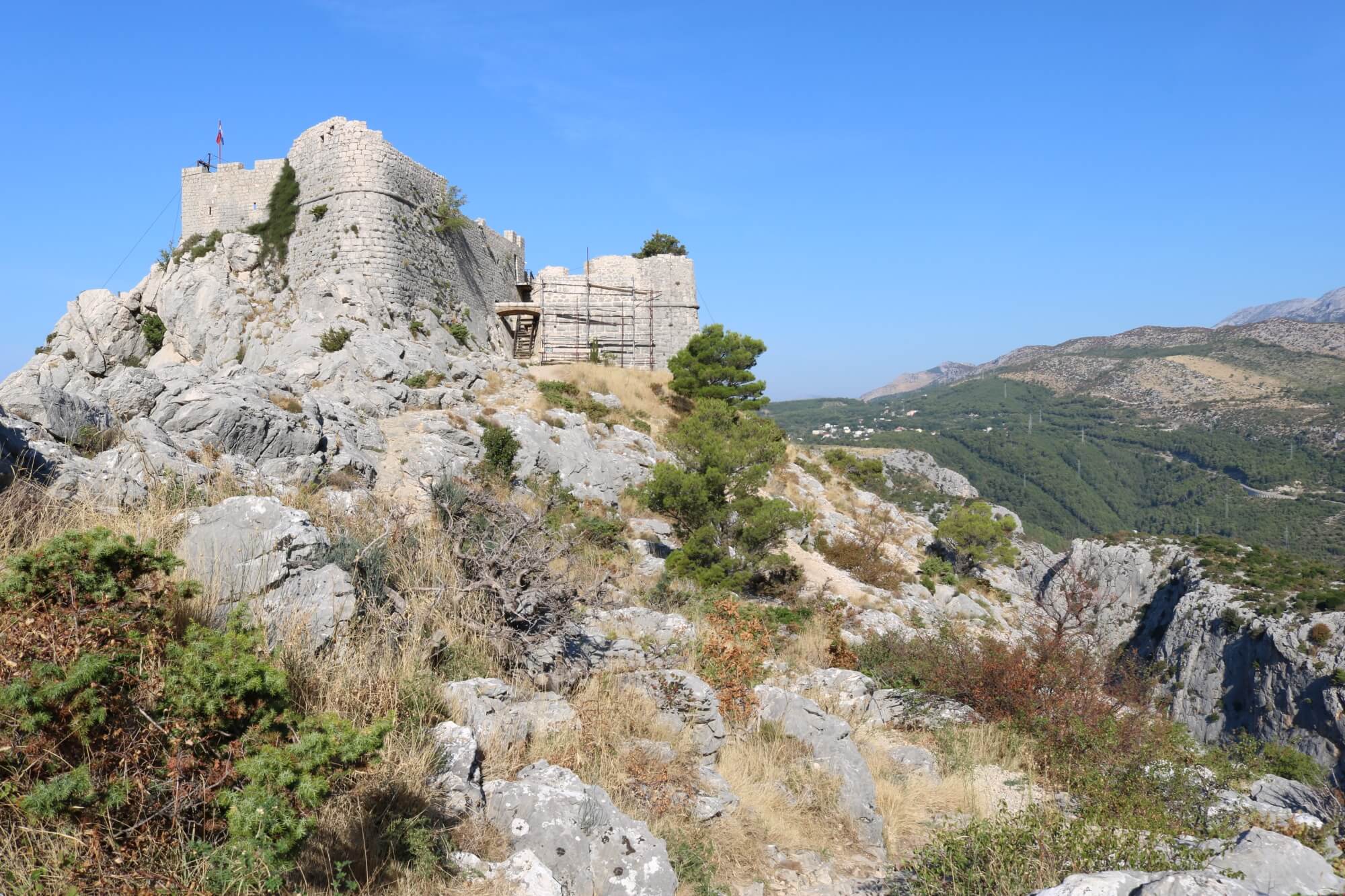
Sitting 262 metres above the city, the 15th century Starigrad Fortress is a mildly challenging hike. But, even older children can easily manage it. And the views from the top are incredibly rewarding. Autumn's cooling winds blow along the water surface, cleaning the vista. You can see so much detail on the islands opposite Omiš when the air quality is like this.
For those who prefer sport and recreation of a different kind, autumn in Omiš holds four of the city's most eagerly anticipated challenges
Omiš in Autumn: Dalmatia Ultra Trail
 Omiš in Autumn © Dalmatia Ultra Trail
Omiš in Autumn © Dalmatia Ultra Trail
With between 60% and 80% of its entrants coming from overseas, Dalmatia Ultra Trail is among the most internationally famous of all Croatia's cross country runs. And for good reason. The scenery is spectacular. There are three route options, allowing the race to be accessible to runners of varying abilities.
Mountain Dut
Starting from the Roman town of Solin, just north of Split, Mountain Dut is the biggest challenge of this Dalmatia Ultra Trail. On a course with a total distance of 122 km, runners will ascend to Putalj and Klis, site of the famous fortress, crossing along the Dinaric Alps before dropping down to Gata in the Omiš hinterland. From there, they drop down into the spectacular Cetina river valley and run parallel to the river until Kostanje.
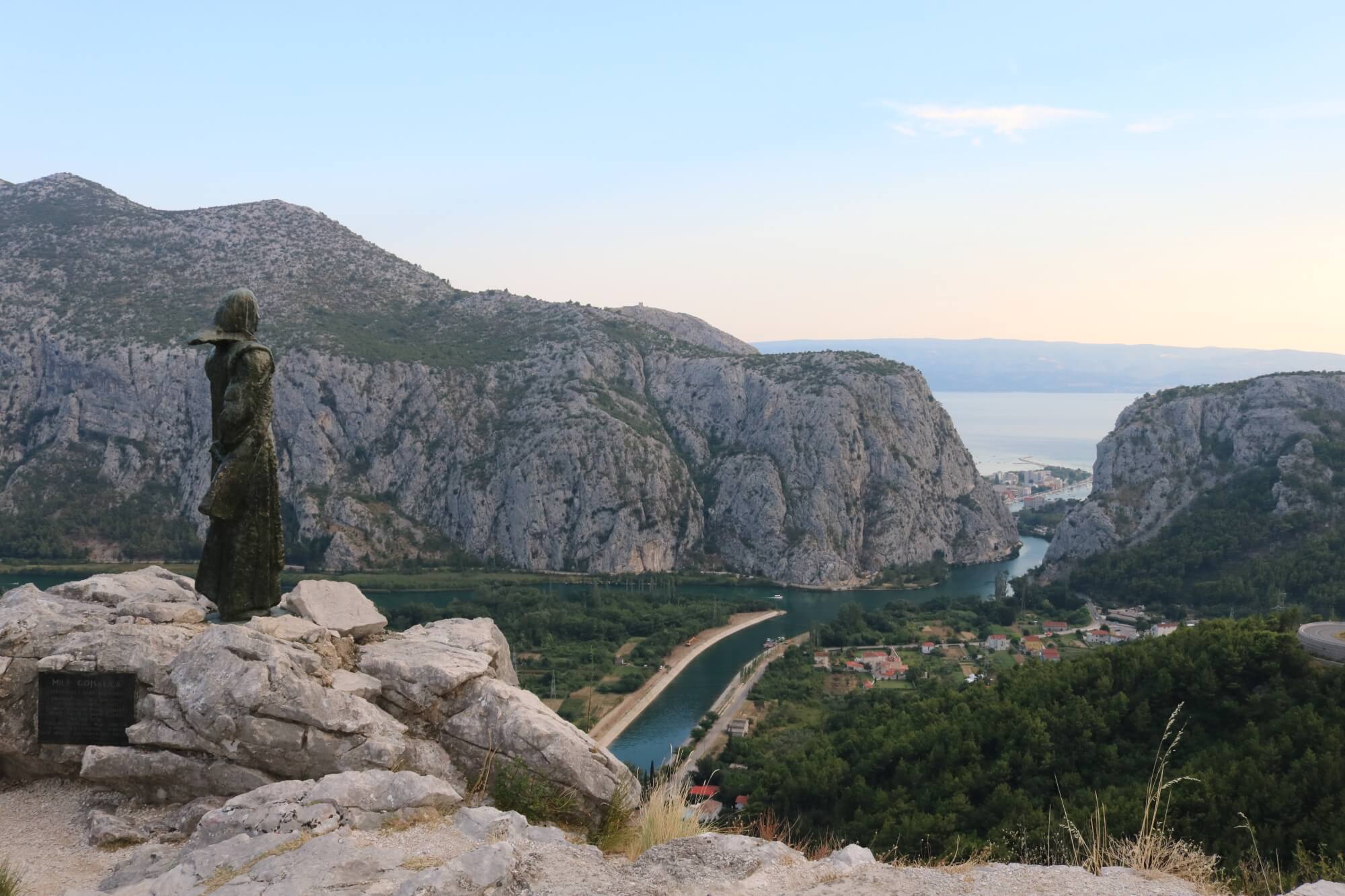
Returning up into the hills to visit the traditional village of Zadvarje, the trail next takes runners down to beautiful Brela. Runners will pass by beautiful Brela beaches, then those of the Omiš riviera villages Pisak, Marušići, Mimice and Medići. Then, it's back up to the final stretch of hills, visiting the old village of Lokva Rogoznica on the way, before finally descending to Omiš.
Mountain Dut 2021 starts on Friday 15th October at 9pm from Solin. Trail runners have 32 hours to complete the course. Each finisher will be awarded with 5 ITRA qualification points.
 Omiš in Autumn © Dalmatia Ultra Trail
Omiš in Autumn © Dalmatia Ultra Trail
Sea Dut
At 56km in length, Sea Dut offers a challenging trail set before the entire Makarska and Omiš riviera coastline. Starting in Makarska, runners rise up to the village of Kotišina, famous for its botanical gardens and castle. Thereafter, they ascend Biokovo mountain, the trail reaching almost 875 metres above sea level. They stay atop the hills all the way to Brela, where they drop down to the beach. Thereafter, they take the same course as Mountain Dut, past Pisak, Marušići, Mimice and Medići, up to Lokva Rogoznica, then down to Omiš.
Sea Dut 2021 starts on Saturday 16th October at 8am from Makarska. Trail runners have 15 hours to complete the course. Each finisher will be awarded with 3 ITRA qualification points.
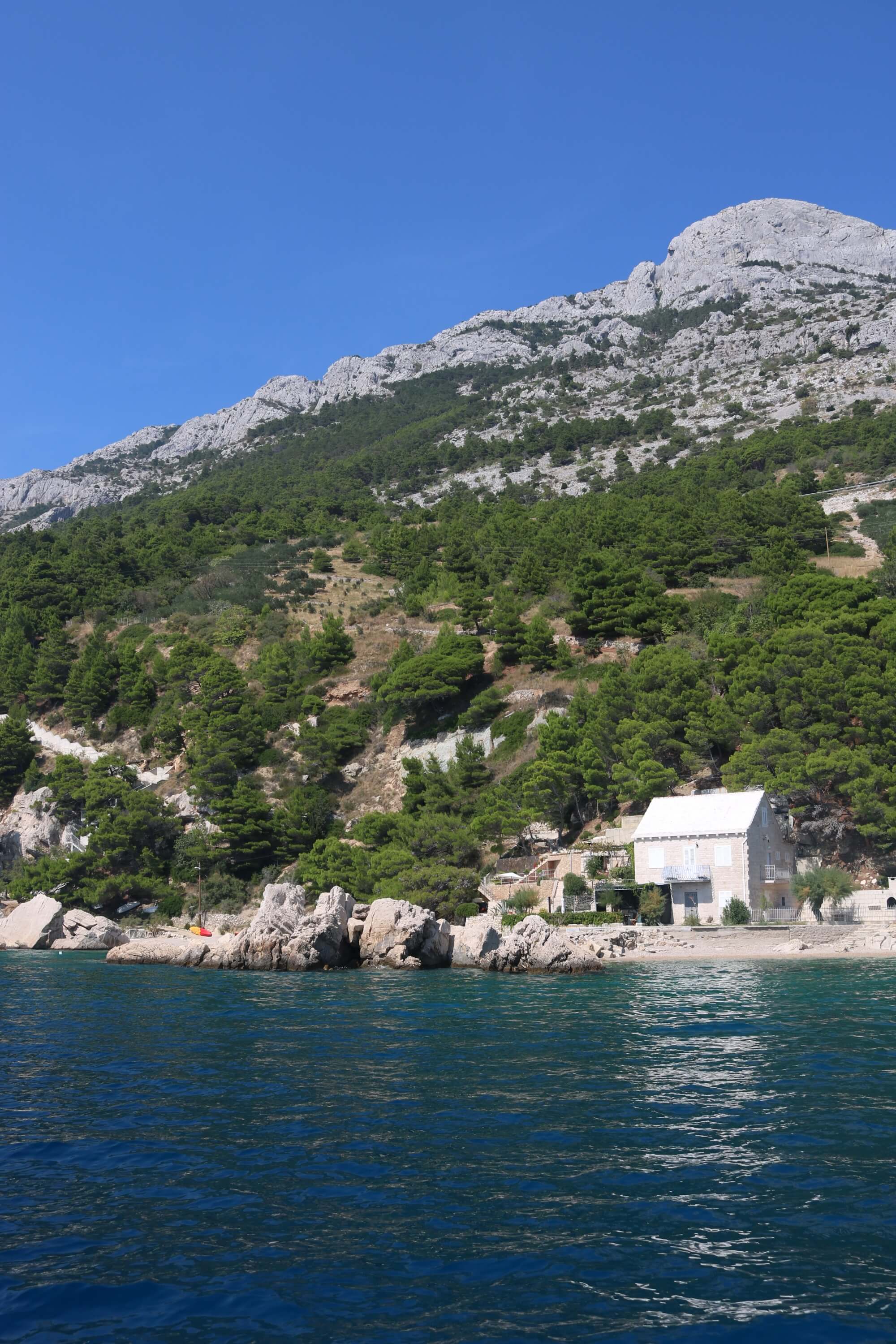
Ethno Dut
With a total distance of 18km, Ethno Dut is the most accessible of the Dalmatia Ultra Trails here. Starting in Dugi Rat, runners make a moderate ascent into the hills of just under 400 metres above sea level. They maintain roughly the same altitude for the entire trail, passing Jesenice and Tugare, before dropping down into Omiš.
Ethno Dut 2021 starts on Saturday 16th October at 1pm from Dugi Rat. Trail runners have 5 hours to complete the course. Each finisher will be awarded with 1 ITRA qualification point.
Omiš in Autumn: Omiš Half Marathon
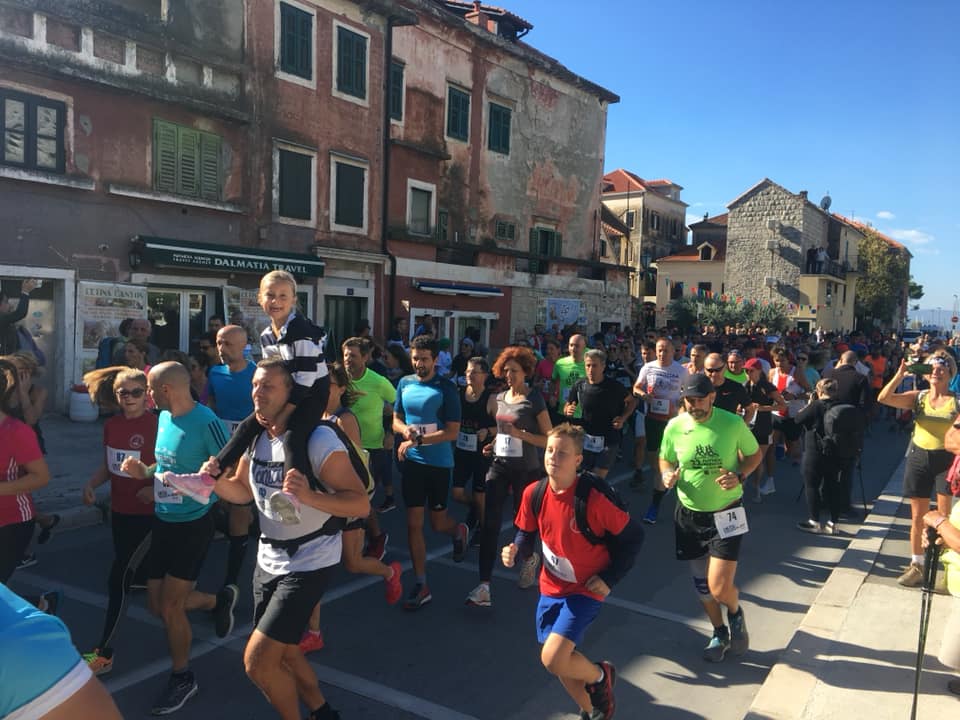 Omiš in Autumn © Omiš Half Marathon
Omiš in Autumn © Omiš Half Marathon
With a backdrop of mountains and the Cetina river, the half marathon in Omiš is perhaps Croatia's most spectacular. Where else can you run a virtually flat course with such scenery accompanying you?
Of course, the striking route is facilitated by following the Cetina river canyon. When doing so, runners pass some of the best rafting, kayaking, trekking, hiking and free-climbing locations in Croatia.
In 2021, the event again has two races - the half marathon and a recreational 6 kilometre race. Both take place within the Cetina river canyon.
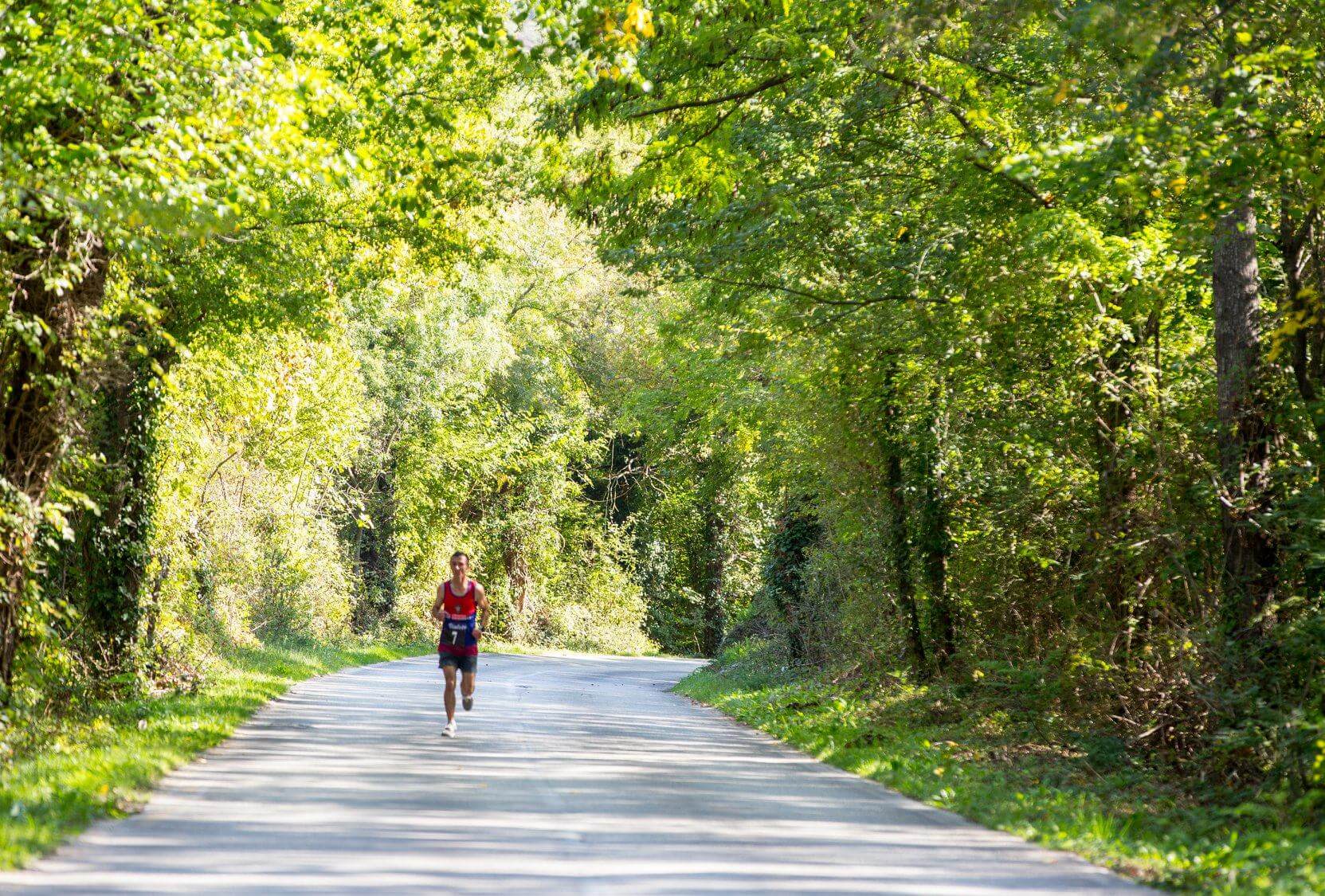 © Omiš Half Marathon
© Omiš Half Marathon
The Omiš Half Marathon takes place on Saturday 23rd October 2021.
You can register here and entries will be accepted in person between 8 am - 9 am on the day of the race. For more details, check the event's Facebook page.
UEFA Futsal Champions League 2021
 Zeleno Plavi © MNK Olmissum
Zeleno Plavi © MNK Olmissum
With the tournament celebrating its 20th anniversary in 2021, there's no better time for the Fifa accredited UEFA Futsal Champions League to be coming to Omiš. Better still, the hometown Futsal team, MNK Olmissum are the current national champions. They won both the cup and the league in the 2020/2021 season!
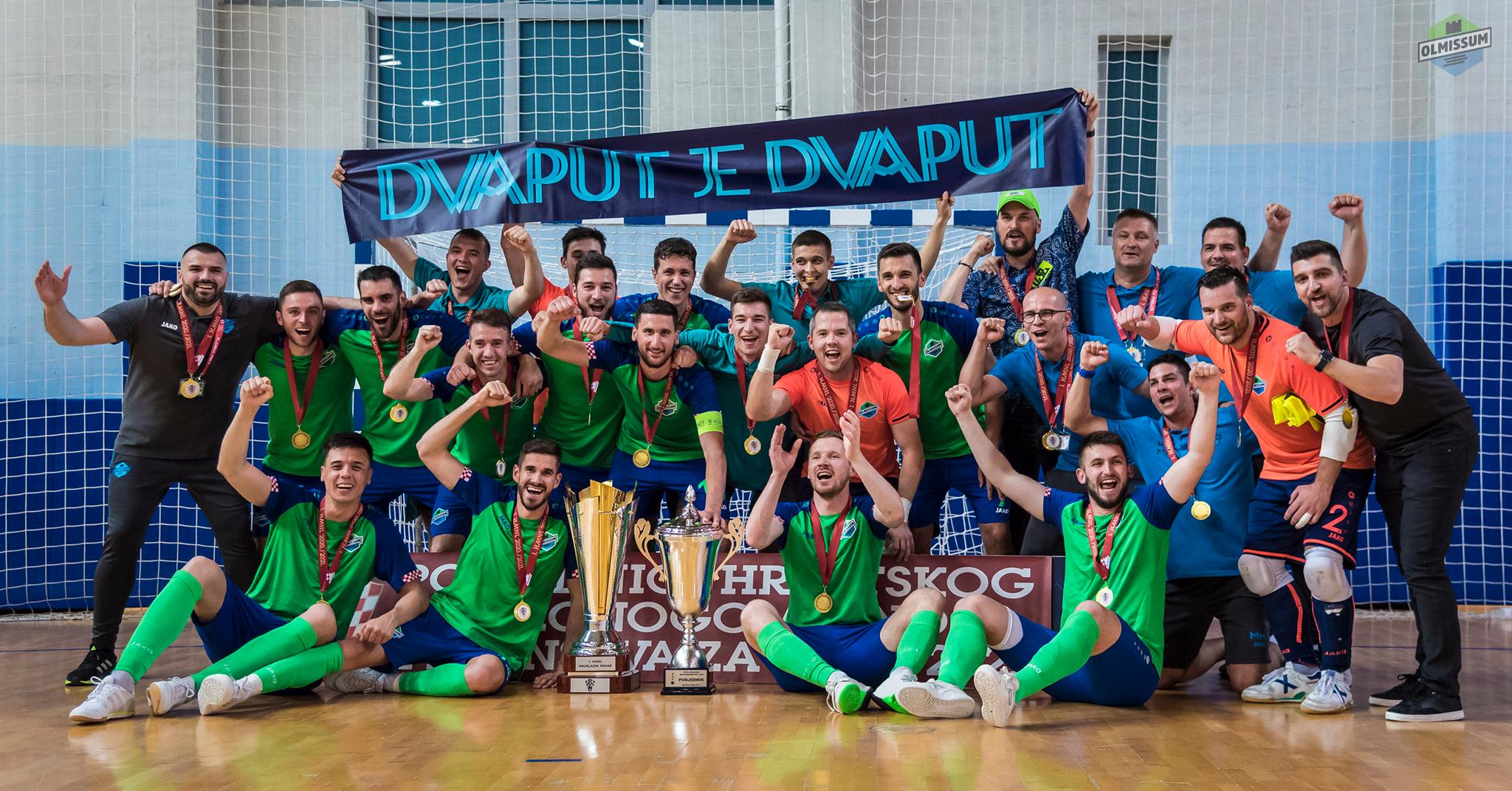 Champions! © MNK Olmissum
Champions! © MNK Olmissum
It's been two decades since a Croatian team reached the semi-finals of the tournament. Currently, MNK Olmissum are ranked within the top 16 of all European futsal clubs. To proceed in the competition, the hometown heroes will have to come top of their group. They face opponents Leo (Armenia), Diamant Linz (Austria) and KMF FON (Serbia). They will host the group at their home ground of Ribnjak, Omiš between October 26 and 31. The matches will be televised, but what better way to enjoy than in-person?
Omiš in Autumn: Dalmatian Trail League - Mosor Grebbening
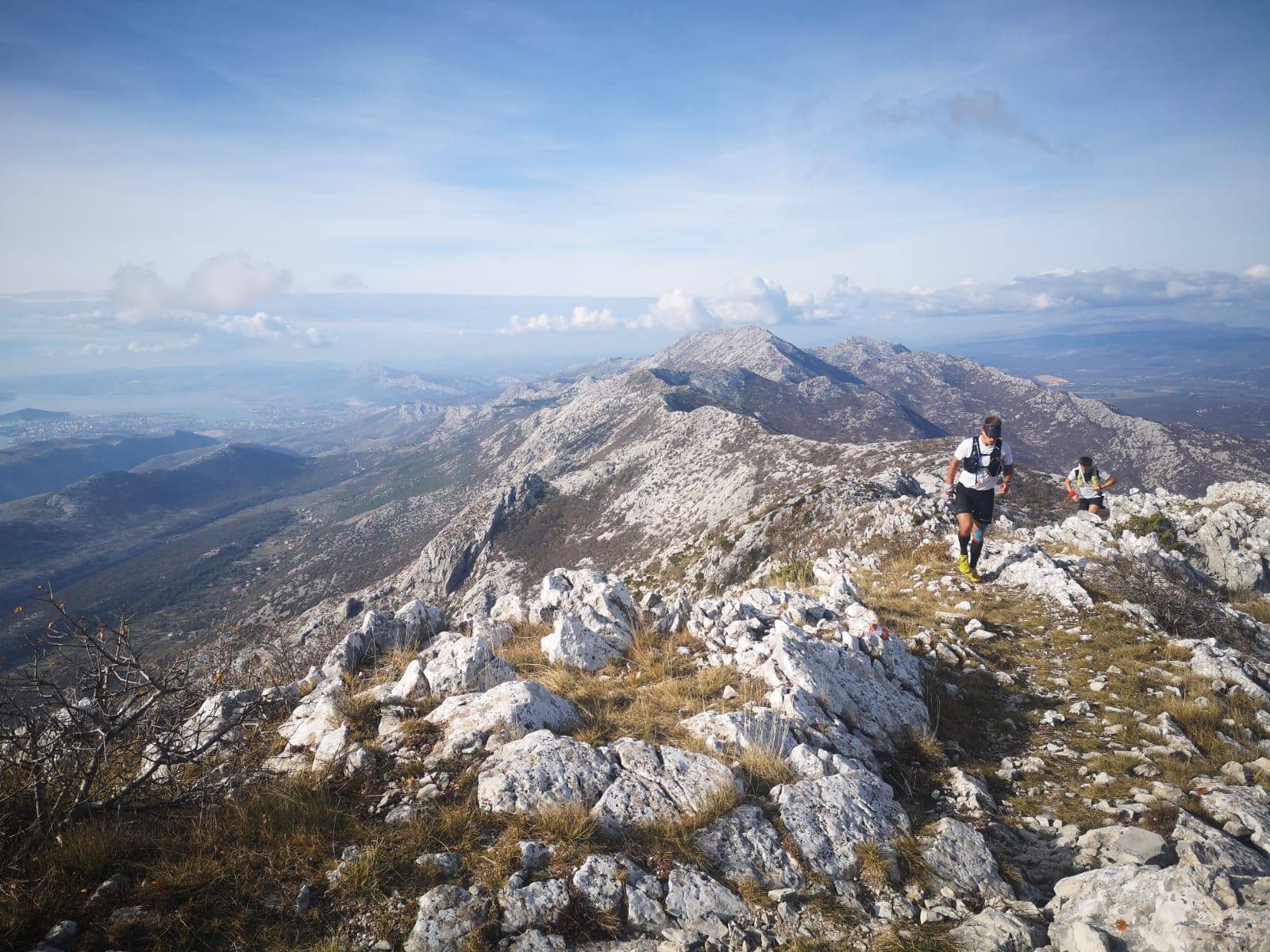 © Marko Herman
© Marko Herman
The spectacular section of the Dinaric Alps that lies to the west of Omiš is known as Mosor. It starts near Klis, above Split, and runs to the Cetina river. Mosor Grebbening is a series of trail runs through this epic mountain terrain. In 2021, it is the 9th round of the famous Dalmatian Trail League.
The event contains a choice of three adult trails and one children's race. All of the races start or end in the village of Gata, in the Omiš hinterland.
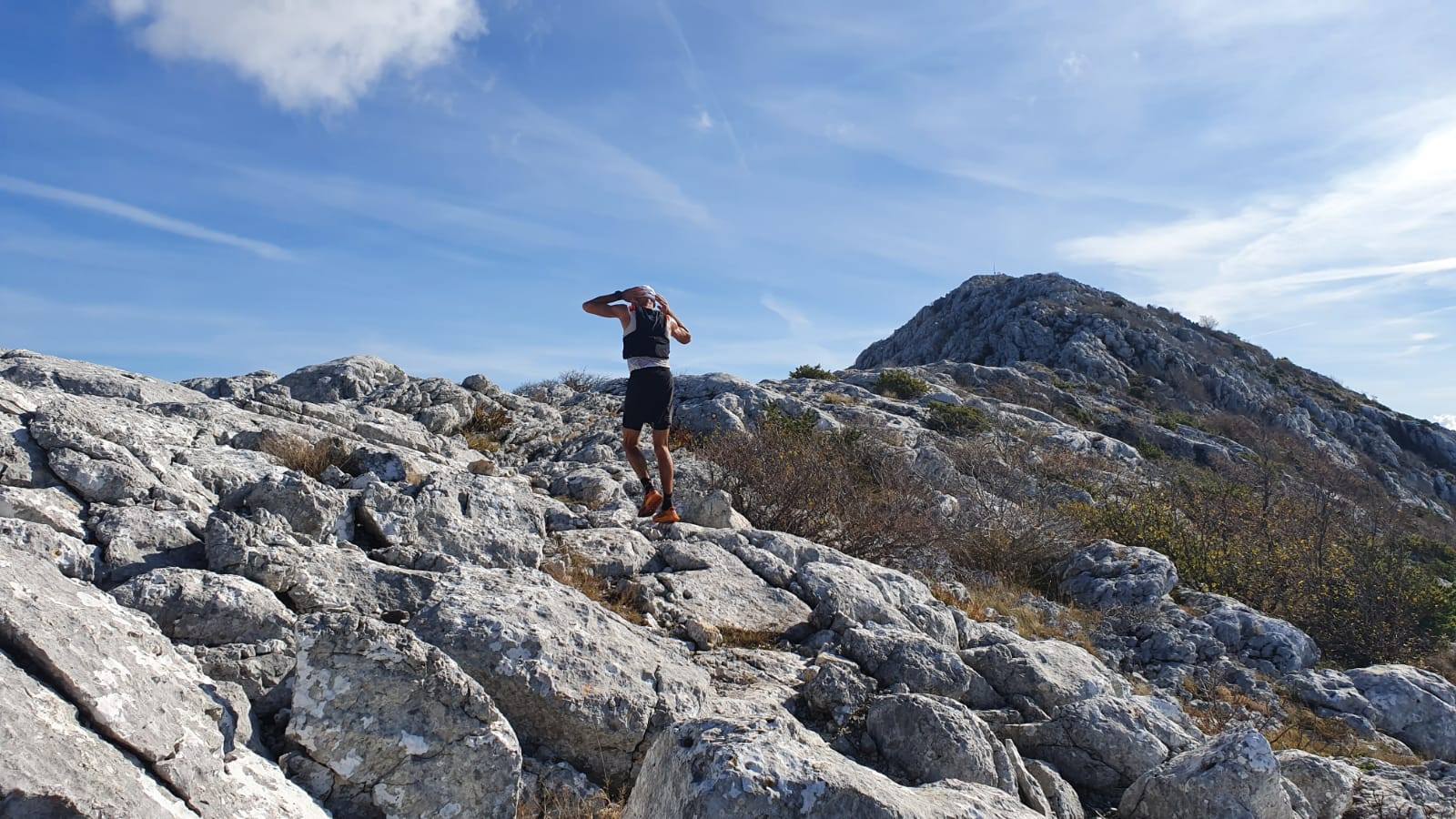 © Ivo Pešić
© Ivo Pešić
Starting in Klis and finishing in Gata, Sivonja is the toughest trail. It is 37.50km in length and has a 2590m ascent. Runners have 12 hours to complete the course.
Still a tough ask, Tovar is the slightly easier choice. At 17km and with an ascent of 1270m, you're given 8 hours to complete the trail.
At 8 kilometres in length and with a 400 metre ascent, Pule is the most accessible race. It should take way less than the 4 hours allocated. The children's race is an 800 metre dash around Gata.
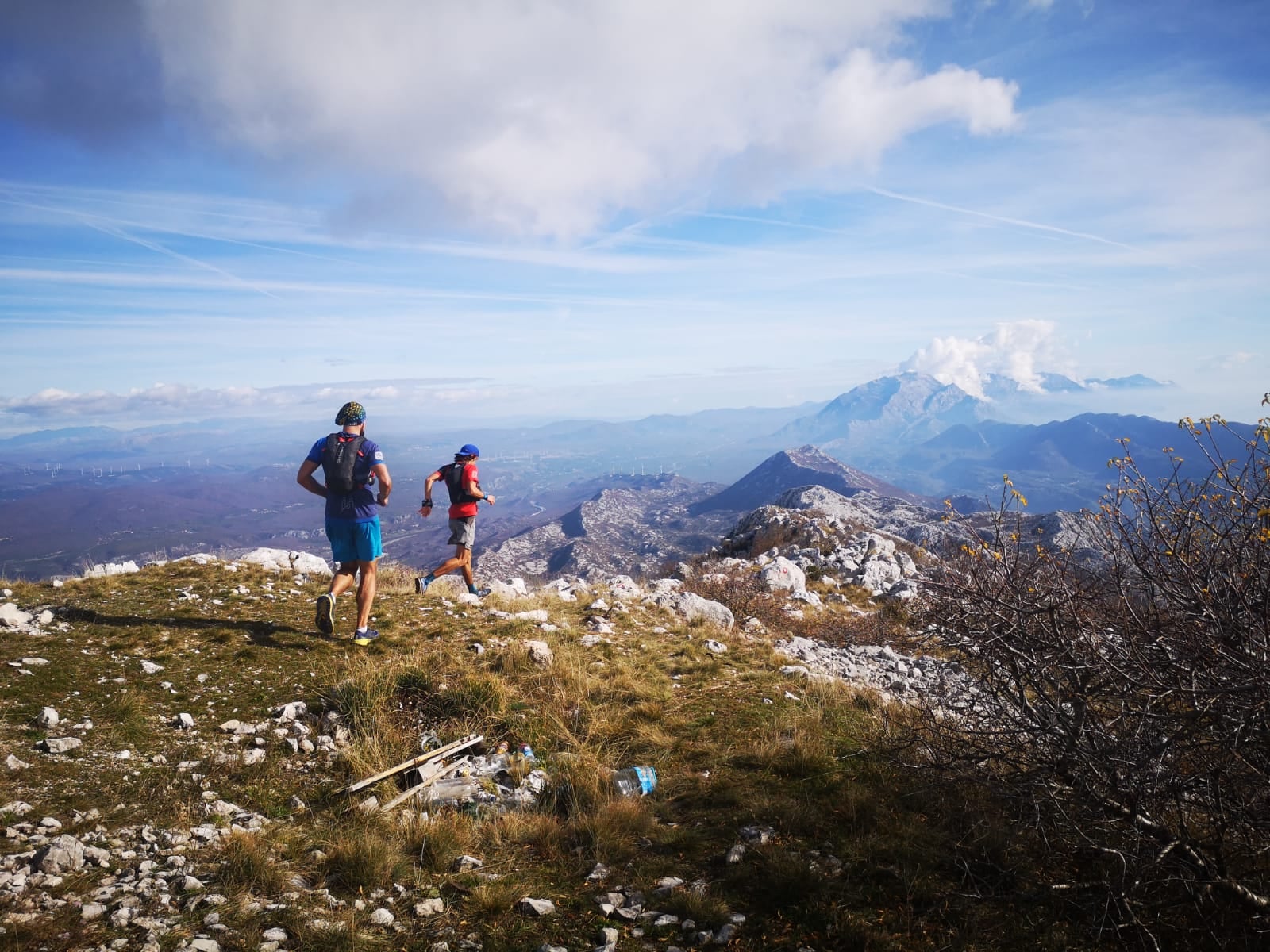 © Marko Herman
© Marko Herman
Mosor Grebbening takes place on Saturday 13 November 2021.
Registration for the races: exclusively via the online registration form here.
Dalmatian Bacon Joins Prosciutto With European Protection
February 16, 2021 – Pršut tends to hog the limelight when people discuss Croatia's mastery of preserving pig, but prosciutto is far from the whole story. Croatian bacon is the best bacon in the world! Having now attained EU-protection, Dalmatian bacon looks set to rightly become the next most famous export of traditional pork produce from the region.
If you've visited Croatia – perhaps, even if you haven't – you'll have tried or at least heard of its famous prosciutto. Known locally as pršut, this dry-cured ham is a renowned delicacy. Taking pride of place at every public buffet, it is served thinly sliced, usually uncooked and savoured simply alongside bread, cheese, wine and olives. It is enthusiastically imported from Croatia across Europe and no less than four Croatian prosciutti from different regions are protected at an EU-level. But, pršut is not the be-all and end-all of Croatia's mastery with preserving pig.
As well as famous sausages like Kulen, kobasica and krvavica, Croatia is also brilliant at making bacon. That's no overstatement. They are not just good at it – Croatian bacon may be the finest you will ever try.
The best bacon made in the country usually come from Dalmatia and Slavonia and is, like Dalmatian prosciutto, smoked. Though Dalmatian bacon may stand slightly in the shadows of the region's more delicate pršut, this more robust and flavoursome product is featured within a greater wealth of traditional, cooked dishes and praised by anyone who tries it.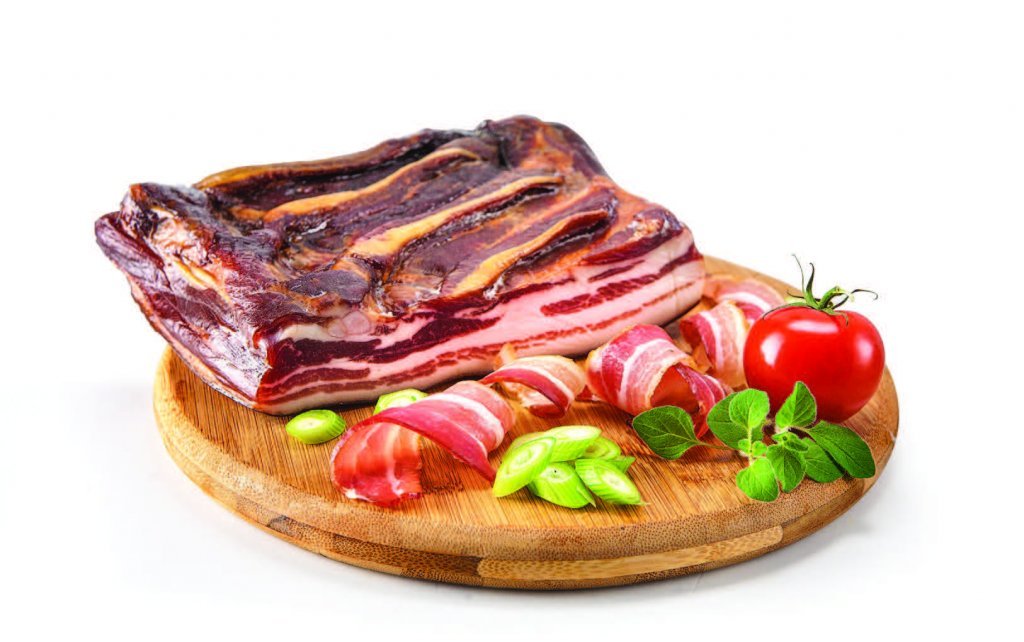 Dalmatian panceta © Gavrilovic
Dalmatian panceta © Gavrilovic
However, the secret of Dalmatian bacon may soon be let out of the bag. This traditionally made product has received the same EU-protection as Dalmatian prosciutto. Sometimes called slanina or panceta (even though, in Italy, the title of pancetta is usually reserved for bacon which is not smoked), Dalmatian bacon was protected at a national level in 2019, the first steps required in order for it to apply for a similar classification within the EU. Confirmation of its EU-awarded protection was announced by the Croatian Agriculture Ministry on Tuesday 16 February 2021
Dalmatian bacon is salted by hand, pressed and smoked. Unlike bacon available in other countries, Dalmatian bacon is only ever that which is elsewhere called 'streaky' bacon, as opposed to 'back bacon'. It is made from pork belly and chest. It has belts of whitish fat running along its length, which carry a substantial amount of flavour. Its traditional salting and smoking process are so thorough that it can be eaten raw, uncooked and is regularly enjoyed in this way.
Dalmatian bacon is aided in its preservation by low winter air temperatures and in its drying by seasonal winds.
Six of the Best! Croatian Protected Produce On Sale in China
September 18, 2020 – Six items of Croatian protected produce are among the 100 European items to go on sale in China
Six items of Croatian protected produce are among the 100 European items to go on sale in China. In a reciprocal deal, 100 Chinese products will also be recognised and recommended on the European market.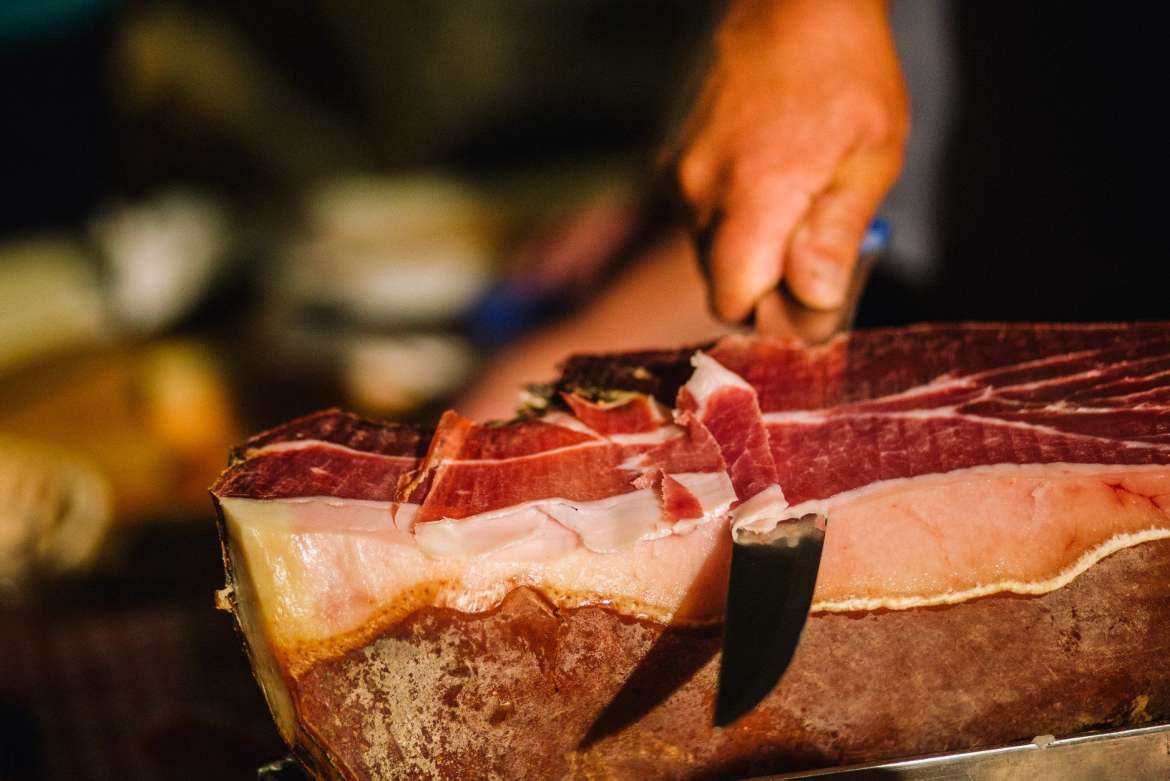 Dalmatian prosciutto © TZ Vrgorac
Dalmatian prosciutto © TZ Vrgorac
Baranja kulen, Dalmatian prosciutto, Drniš prosciutto, Lika potatoes, Dingač wine and Neretva mandarins are the premium six Croatian protected produce chosen to be among the European 100. All of the Croatian protected produce is already recognised at a national and at an EU-level and designated its status based on its unique place of origin.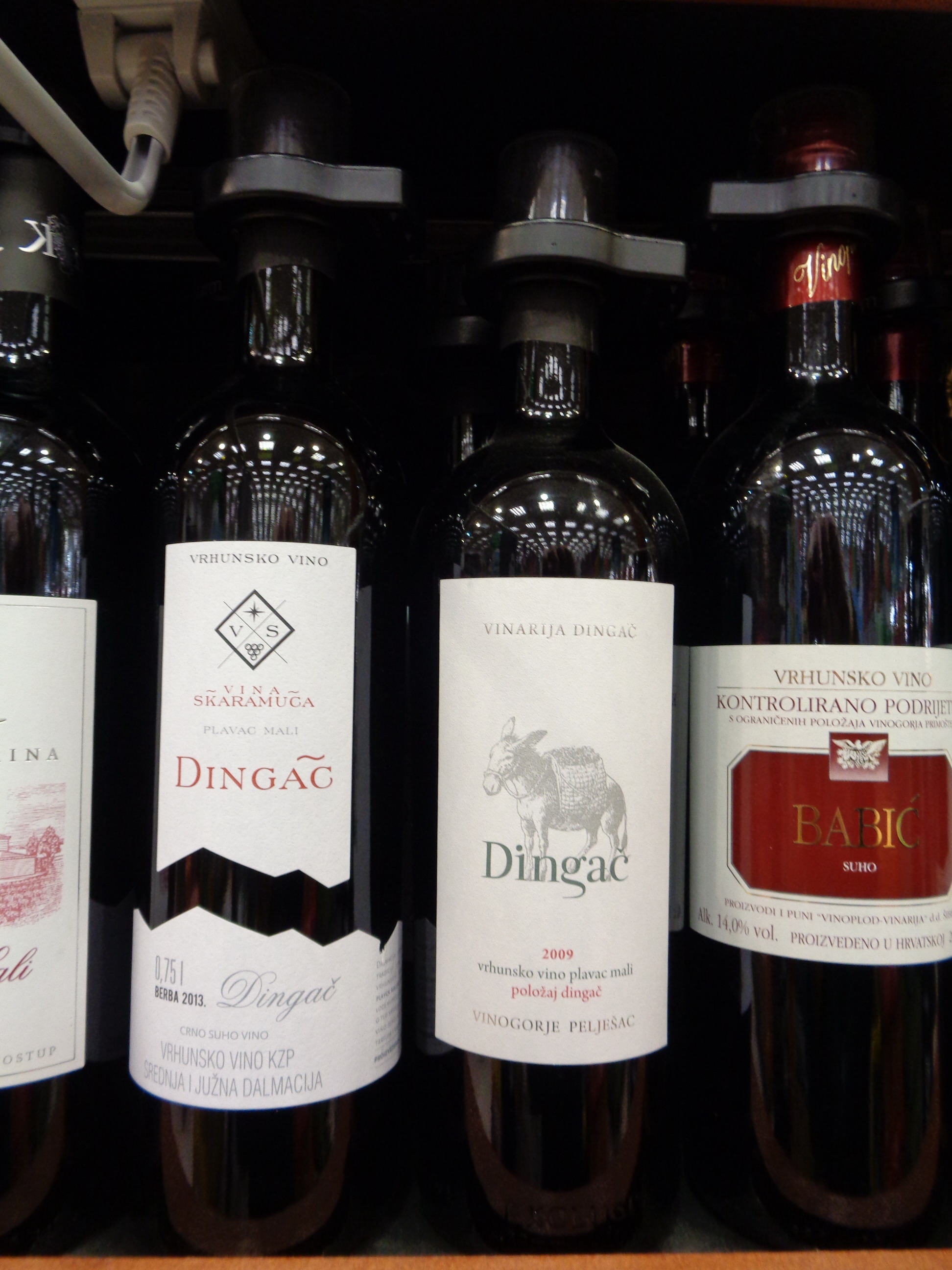 Dingač wine © Silverije
Dingač wine © Silverije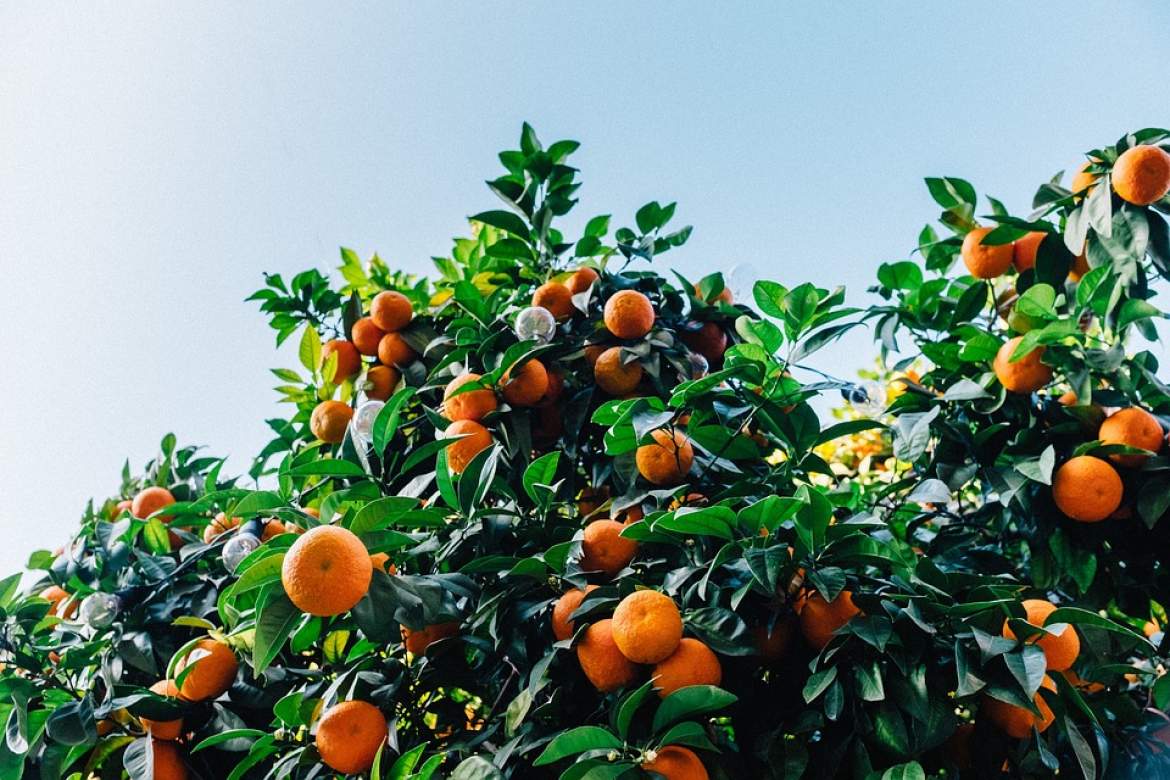 Neretva Mandarins
Neretva Mandarins
The European products will be specially marked and receive special privileges when they go on sale in China. Alongside the Croatian protected produce, other items on the European list are French champagne, Greek feta cheese, Italian Parma prosciutto, Italian mozzarella, Irish whiskey and Portuguese port. On the Chinese list of products are distinct varieties of rice, bean and vegetable products, some of which will already be popular with Europeans who eat or cook Chinese cuisine.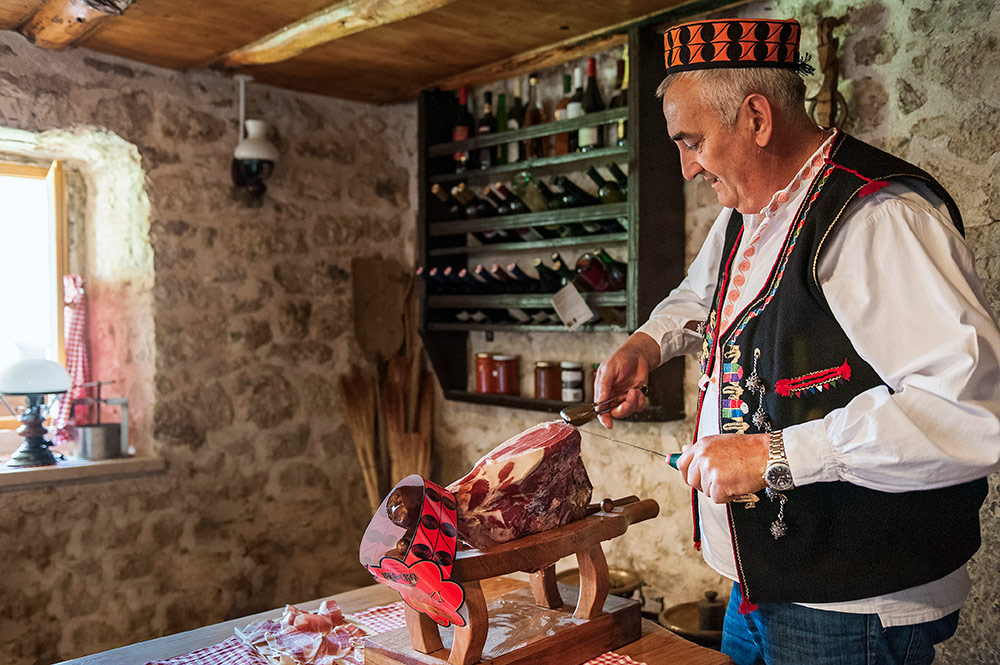 Drniš prosciutto © Tourist Board of Drniš
Drniš prosciutto © Tourist Board of Drniš
The full list of Croatian produce protected at an EU-level currently includes Istrian olive oil, Dalmatian prosciutto, Pag cheese, Lika lamb, Poljički Soparnik, Zagorje turkey, Korčula olive oil, Istrian prosciutto, Sour cabbage from Ogulin, Neretva mandarins, Slavonian honey, Drniš prosciutto, Cres olive oil, Pag salt, Baranja kulen, Bjelovarski kvargl, Varaždin cabbage, Pag lamb, Šolta olive oil, Meso 'z tiblice, Zagorje mlinci, Krk prosciutto, Lika potatoes, Slavonian kulen, Krk olive oil. Baranja kulen, featured within a traditional Slavonian platter © Romulić & Stojčić
Baranja kulen, featured within a traditional Slavonian platter © Romulić & Stojčić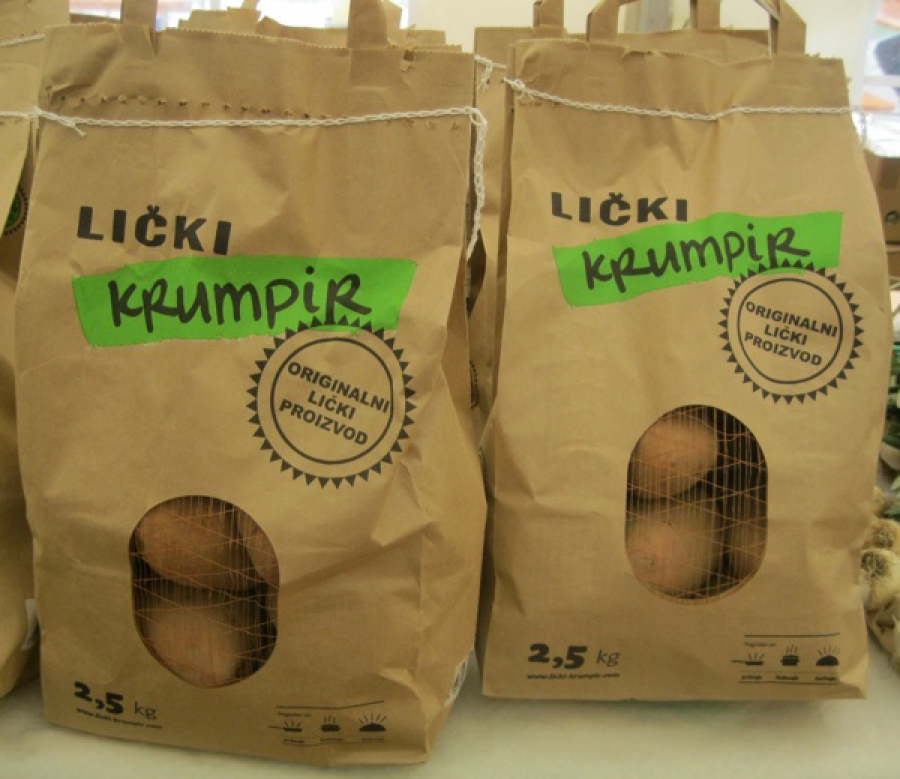 Lika Potatoes
Lika Potatoes
For the latest travel info, bookmark our main travel info article, which is updated daily.
Read the Croatian Travel Update in your language - now available in 24 languages
Rešetka's Superior Summer Street Food Brings Fine-Dining Quality at Coastal Pop-ups
July 13, 2020 - In their first venture to the Croatian coast, Rešetka's summer menu brings fine-dining quality to seaside streets in 2020
Sometimes you just want a burger, a sandwich, or something you can just eat from your hands. But, just because you haven't got the time or can't be bothered with the faff of fine dining, that doesn't mean you're volunteering for a drastic drop in quality.
That's where Rešetka comes in. Street food providers renowned for sourcing and selling only quality meats, the grill specialists have been a highlight of Zagreb Burger Fest and several pop-ups in recent times. This summer, the experience that has won over the Croatian capital's burger connoisseurs can be found instead along the coast.
Rešetka owner Nikola Božić has embarked on the summer venture with chef Katarina Vrenc. You'll be able to find their new concept 'Fine Street Food by Reshetka & Katarina Vrenc' at several pop-up locations along the Adriatic this summer. They'll be visiting Istria, Kvarner and Dalmatia, including the islands of Cres and Pag.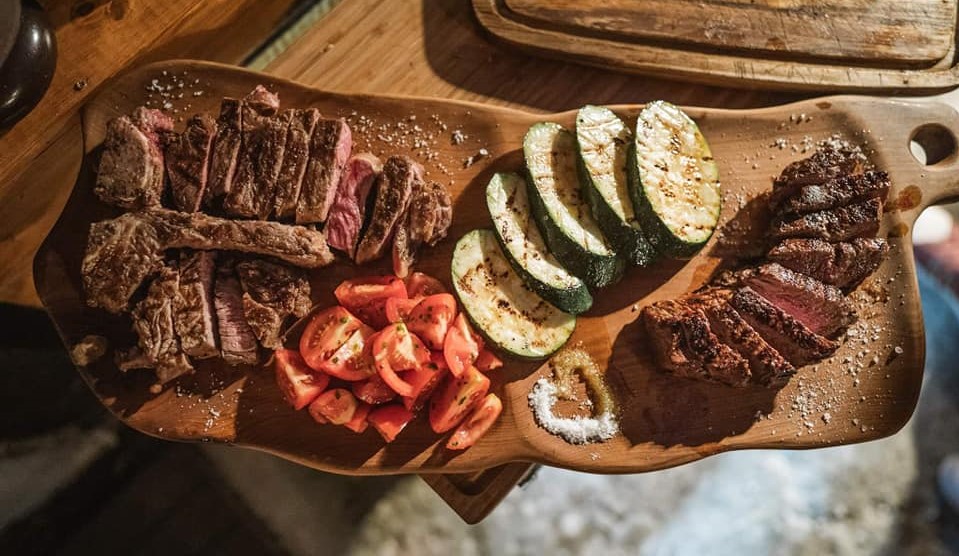
Rešetka and Đurina Hiža are renowned for using only high quality, locally sourced produce within their dishes including, this year, beef from a hybrid of Japan's famed wagyu and Holstein, sourced from the first range herd of its kind in Croatia © Rešetka
With a commitment to cooking only with high quality, locally sourced produce and ingredients, the team is known to use premium meats and seafood for their dishes. This year they will offer beef from a hybrid of Japan's famed wagyu and Holstein, sourced from the first range herd of its kind in Croatia. Within a summer menu that combines the best of continental and coastal Croatian ingredients, you'll also find superior snacks such as rich pork belly paired with octopus.
Nikola Božić is also the proprietor of Đurina Hiža near Varaždinske Toplice. As recently covered in TCN, thanks to some quick and positive thinking, though the restaurant closed for a while in the Coronavirus lockdown, Nikola was able to adapt his business in order to remain successful during the period; relying on high quality, locally sourced ingredients, he became a bridge between the small producers he'd spent time finding, and those shopping online from their homes. Their 'Deda Goes Around the World' service delivered meats and other produce throughout Croatia during the restaurant's temporary closure.
If you're planning to visit Dubrovnik, Biograd, Pula, Premantura or Split this summer and can't face another pizza slice, kebab or burger of questionable origin, be sure to look out for the Rešetka logo. Fine Street Food by Reshetka & Katarina Vrenc will visit Plavica Bar on island Cres on 7 & 8 August and the Michelin-starred Boškinac on Pag in the middle of September. Further inland, they'll also be available at the High Grounds Festival in Varaždinske Toplice on 31 July, 1 & 2 August. Grab yourself a handful of delicious food and pick a spot to watch the stunning Croatian sunset, the Adriatic coast and its breathtaking backdrop has long been lacking exactly this standard of street food to accompany.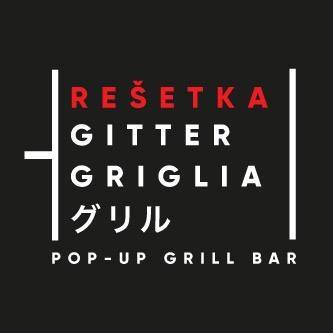
© Rešetka
Dalmatian Street Food: Misto Makes Your Mama’s Cooking
Having opened earlier this summer in the heart of Split, Misto Street Food Factory is everyone’s new favorite gastronomic paradise, crafting Dalmatian specialties in a street food style.
WTA Bol Open Promoting Dalmatian Quality At The Player’s Party
The most exclusive Player’s Party was staged on the luxurious MY Katina in Bol port last night.


